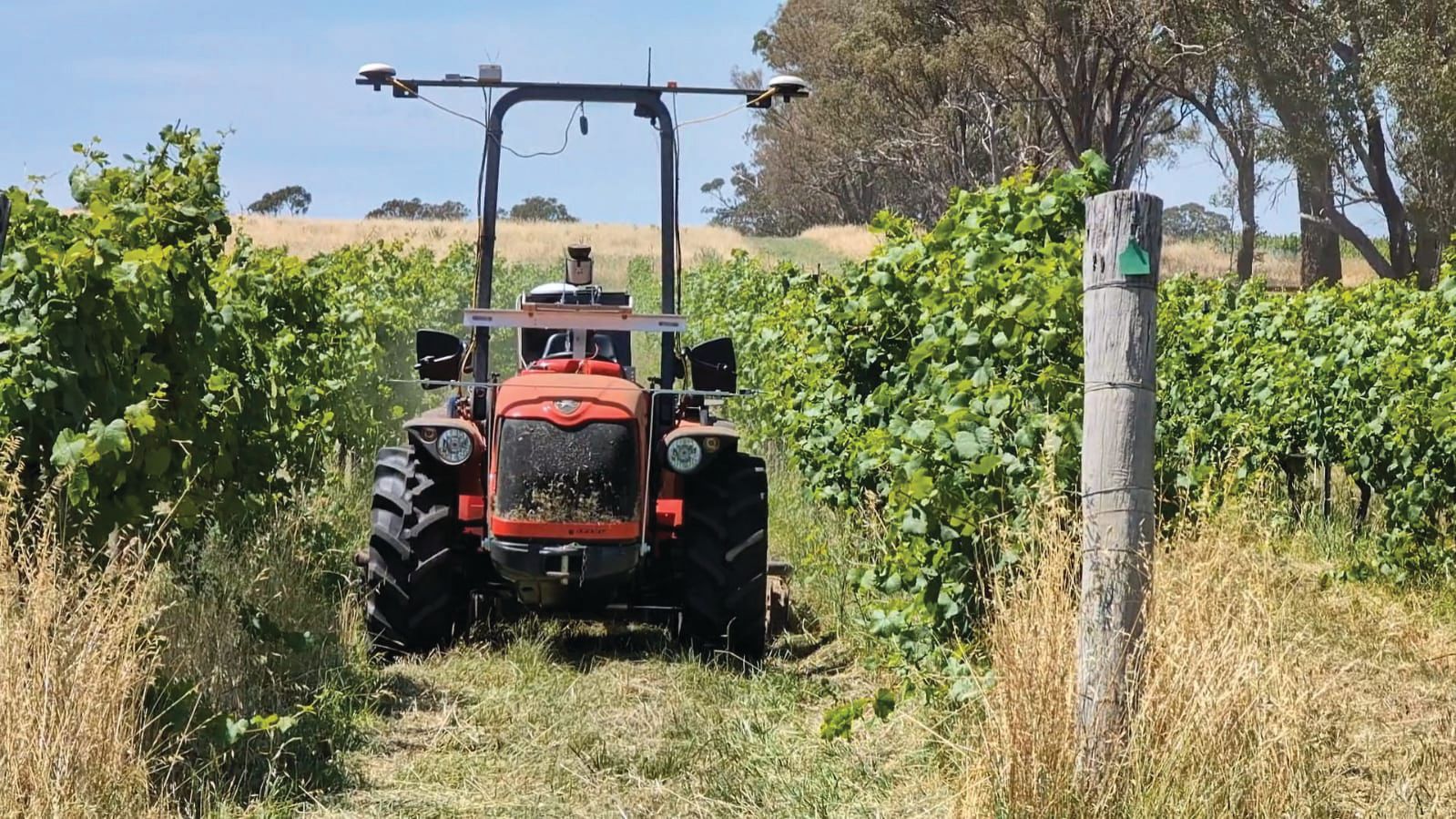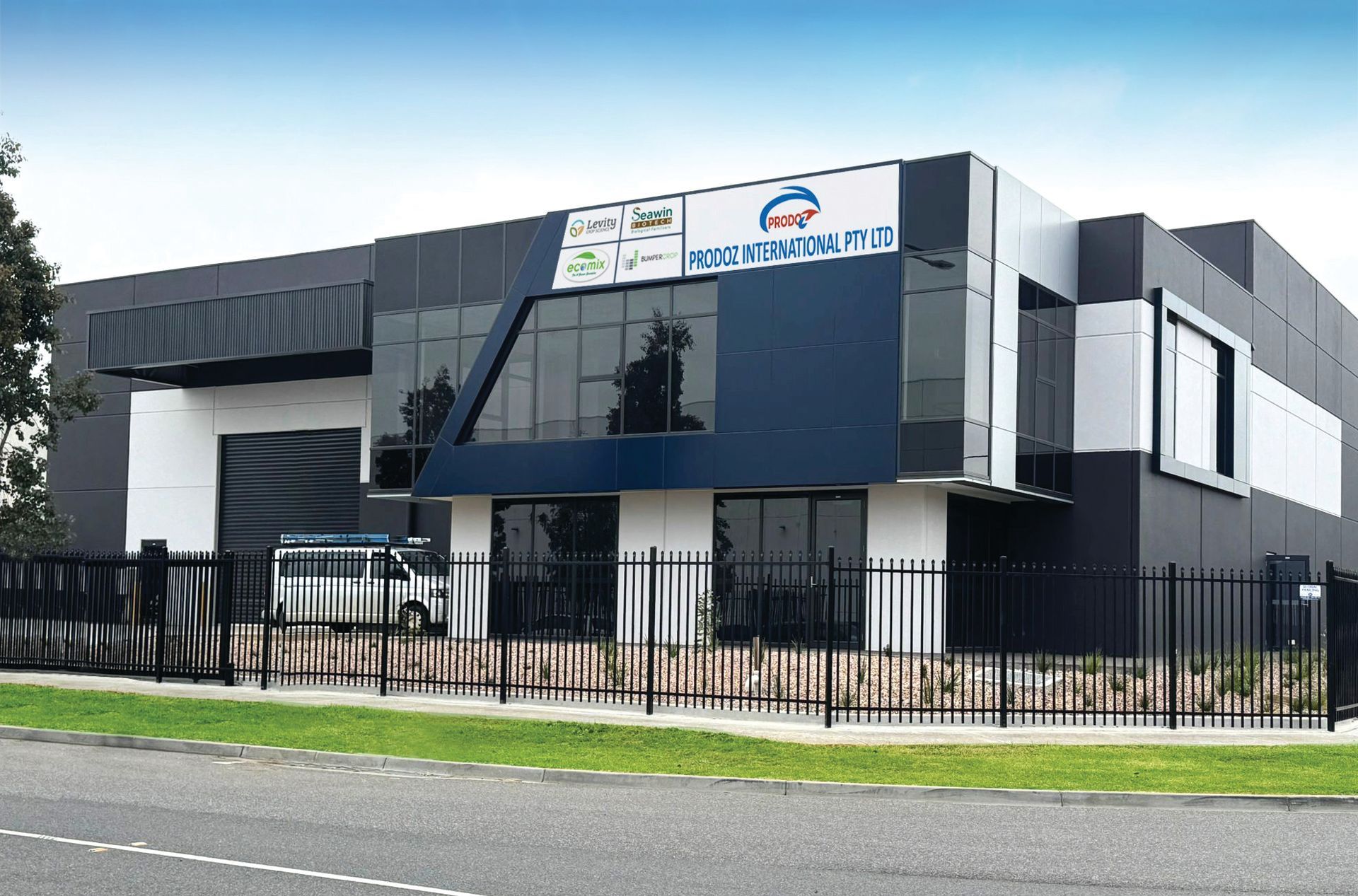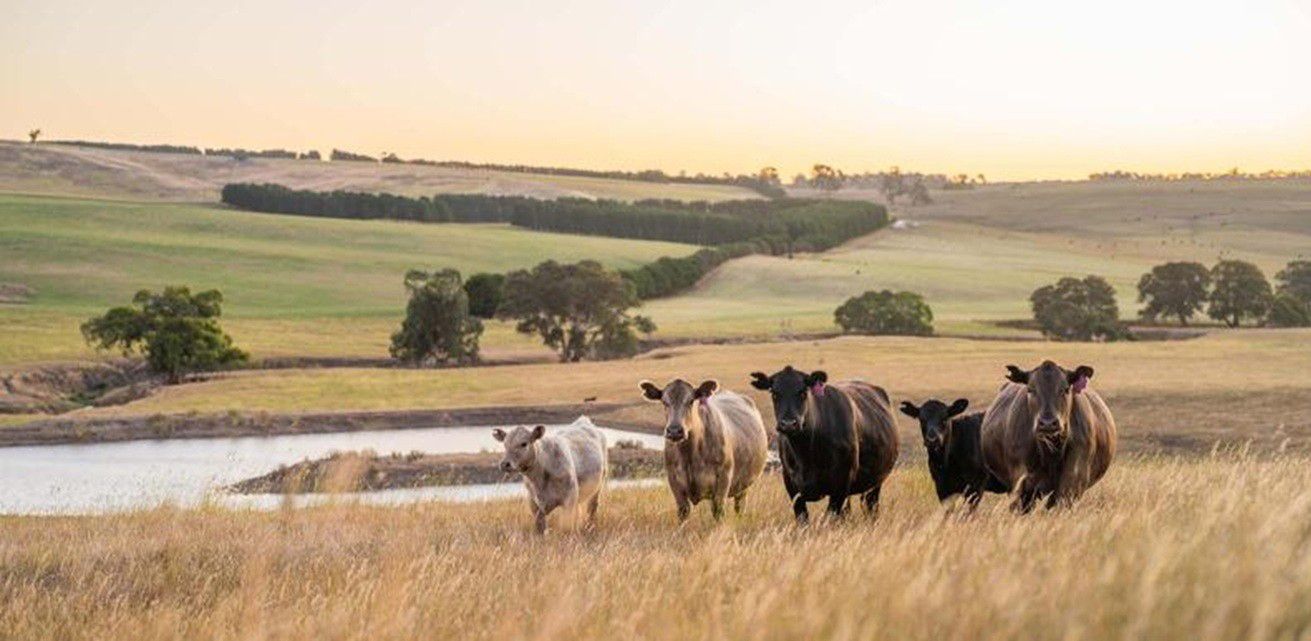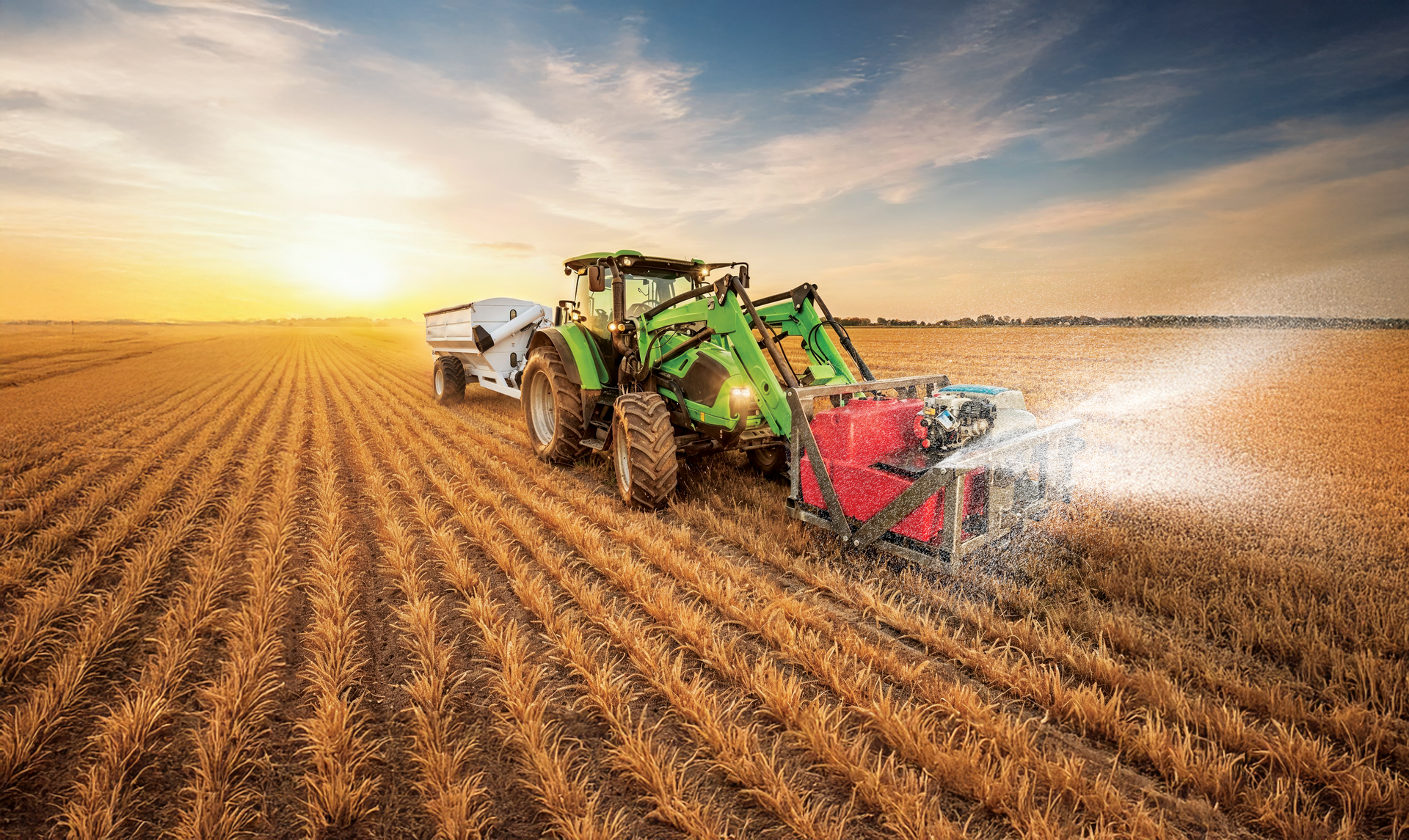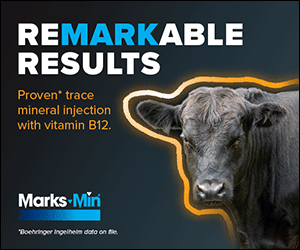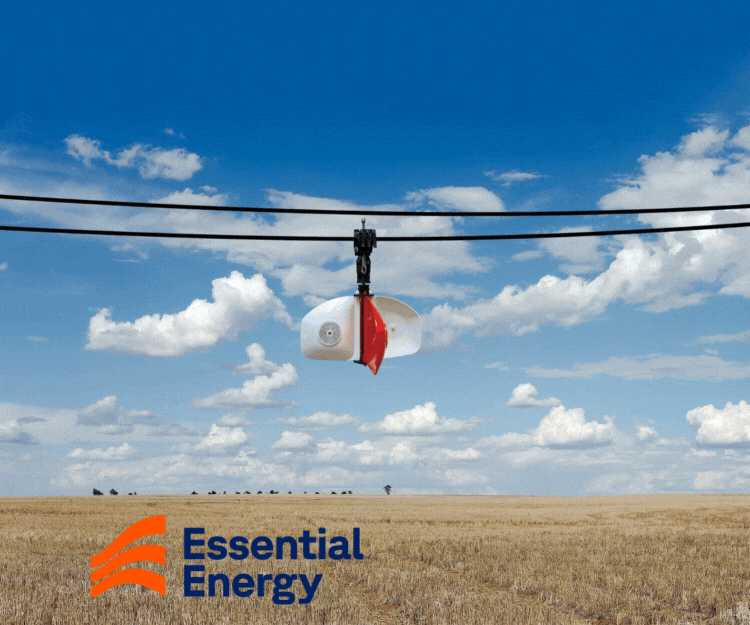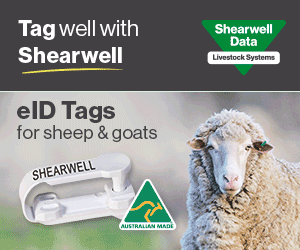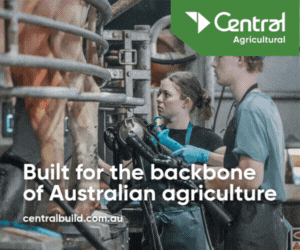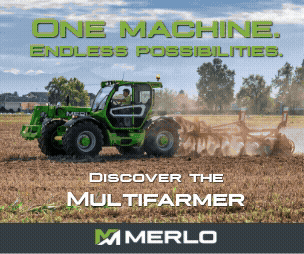Associate Professor Jayantha Katupitiya is from the School of Mechanical and Manufacturing Engineering at the University of NSW.
Bringing autonomous agricultural machines to the field: What is required?
In the world of autonomy, we always refer to the last mile. This article proposes ways to confront the challenges of the last mile.
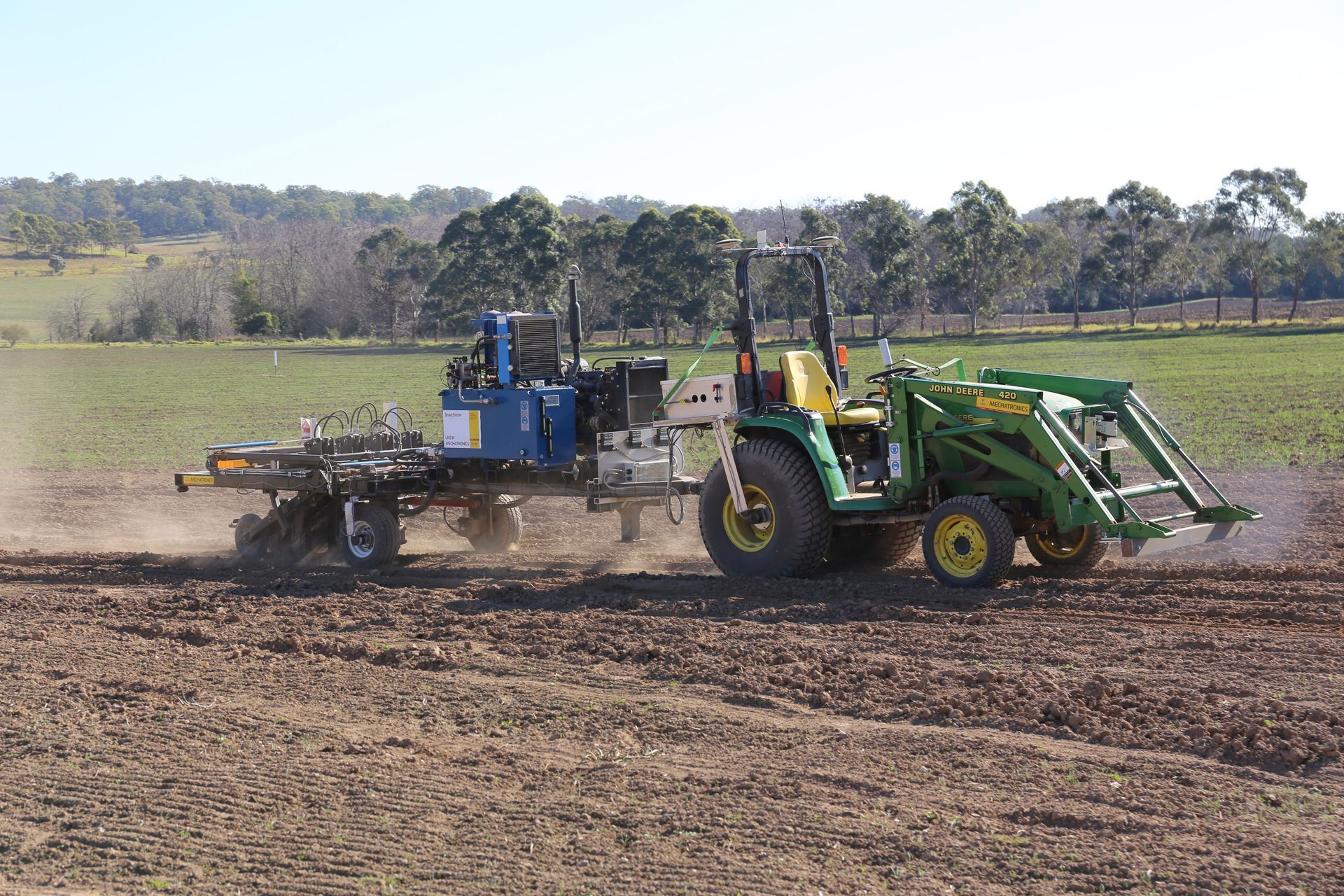
There is ample evidence from around the world demonstrating that autonomous agricultural vehicles are gradually making their way into farming operations. Although widespread deployment has yet to occur globally and major commercial players have not fully entered the large-scale autonomous equipment market, startups and small machinery developers have been actively conducting field trials of their inventions and innovations.
It is also well known that the development of autonomous vehicle technology has progressed beyond the research stage and is now focused on creating practical, field-ready units for agricultural use. At the same time, there is clear evidence that established commercial enterprises are acquiring technologies developed by startups. This underscores the crucial role that startups play in advancing autonomous agricultural machinery.
As researchers and developers of autonomous agricultural machines at the University of New South Wales and Thornfield Robotics Pty. Ltd., we have identified and understood the needs and aspirations of the farming community—the end users of these technologies.
Opposing Factors
First, many farmers perceive autonomous machines as prohibitively expensive to purchase and maintain. Second, they often view the process of deploying these machines as complex, time-consuming, and demanding entirely new skills. Third, there remains a lingering doubt among many in the farming community about whether a truly hands-free operation is realistically achievable, although the modern autonomous machines are capable of carrying out the core task better than human operated machines.
However, these perceptions stand in stark contrast to the very principles on which agricultural autonomy is promoted. Autonomy is championed as a path to reducing operational costs, yet high upfront capital costs obscure the long-term financial benefits that come through improved efficiency, reduced labour expenses, and higher precision. Similarly, autonomous agricultural vehicles are positioned as a solution to the skilled labour shortage. However, the use of autonomous technology does require new skills, although these skills can be learned—and once mastered, they enable farmers to manage operations more efficiently, with less dependence on manual labour.
Challenges
Bringing harmony between these opposing forces requires overcoming a number of significant challenges. The capital investment needed to deploy autonomous machines is expected to remain high for the foreseeable future. Generally, the overhead costs of startups are substantially lower than those of major manufacturers, allowing them to offer more affordable machines in the short term. Nevertheless, farmers must identify practical ways to offset these upfront costs to make adoption economically viable.
To justify investment, autonomous machines must deliver clear productivity advantages over conventional, human-operated equipment. This includes not only easier and more efficient deployment but also a substantial reduction in labour requirements. However, achieving this vision demands considerable development work. If these systems continue to require highly skilled and specialized personnel to operate and maintain them, their appeal will diminish rapidly as personnel costs escalate.
Finally, the absence of a human operator’s supervisory role presents a critical gap that must be addressed. Effective solutions will require the development and integration of advanced condition monitoring systems, real-time fault and breakdown detection, and intelligent oversight of critical machine components. Only by filling this supervisory void can autonomous machines operate with the same reliability and adaptability currently provided by human operators.
Solutions
As highlighted earlier, most machinery developers have already achieved a high degree of success in executing the core task of an automated agricultural operation. For instance, consider a spot-spraying machine designed to control weeds. To be truly autonomous, the machine must not only perform the spraying itself but also leave its shed, navigate farm roads to the target field, initiate and complete the spraying operation, and return to its parked position—all without human intervention.
When this entire operational sequence is examined, several practical challenges emerge. Many machines can now successfully navigate from the shed to the field, avoid obstacles such as animals and vehicles, and return once the task is complete. Yet, they are not designed to handle seemingly simple but critical interactions—such as opening gates or traversing trenches dug for new irrigation lines. These gaps highlight an important insight: autonomy is not achieved by the machine alone, but through a symbiosis between technology and the environment. By reshaping the physical farm environment—removing clutter, standardizing layouts, and introducing structured pathways—farmers can dramatically increase the reliability, efficiency, and uptime of autonomous systems.
Every autonomous agricultural machine is built on three essential pillars: software, electrical/electronic systems, and mechanical hardware. In conventional machinery, a human operator acts as the intelligent interface—monitoring performance, detecting faults, and responding in real time. Autonomous machines, however, must embed this intelligence through advanced sensing and monitoring systems capable of detecting, for example, changes in tire pressure, system malfunctions, or structural failures. This shift from operator-dependent reliability to system-embedded intelligence represents a profound transformation in agricultural practice.
To unlock the full promise of autonomy, the launch process itself must be reimagined. Autonomous operations should not require extensive preparation or specialized skill. Instead, next-generation software must offer farm-specific, adaptive solutions that make initiating complex operations as simple as pressing a button. This ease of use will be critical to building confidence and driving adoption among farmers.
Beyond their core functions, autonomous machines provide an unparalleled platform for creating additional value. Their integrated sensors and actuators can host specialized payloads to perform multiple tasks simultaneously—including those outside traditional agriculture—thereby amplifying their eco nomic impact. For example, in agri-voltaic systems where farmland is shared with solar infrastructure, an autonomous platform can mow vegetation while monitoring solar panel performance. Similarly, by coupling AI technologies with data streams from advanced sensors, these systems can support yield forecasting, harvest date prediction, and continuous data collection—fueling a new era of data-driven, intelligent agriculture.
Ultimately, these added capabilities redefine the value proposition of autonomous machinery. They are not simply tools for automating single tasks; they are strategic platforms for transformation—integrating operations, intelligence, and adaptability. When viewed through this lens, their initial cost is not an obstacle but an investment in a smarter, more resilient, and more sustainable agricultural future.
